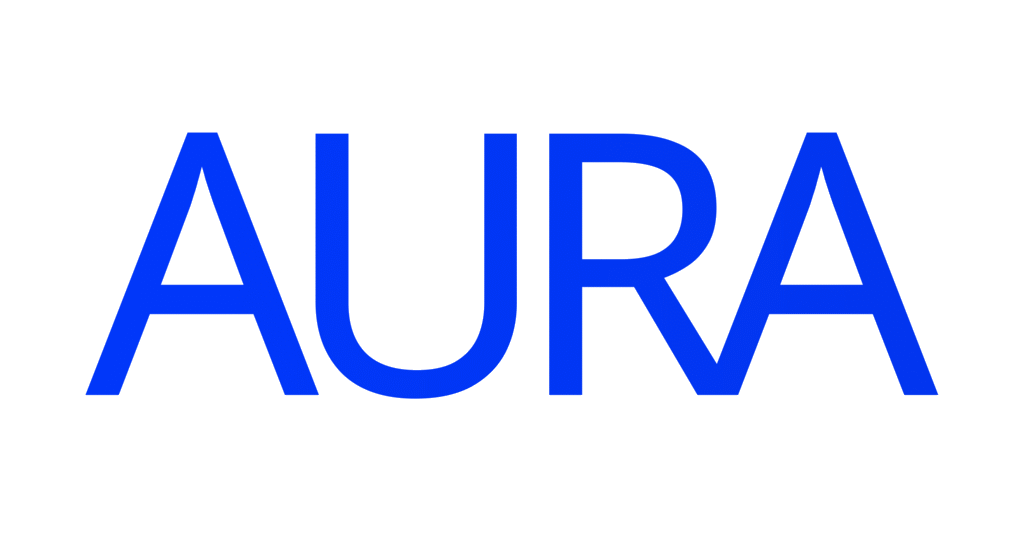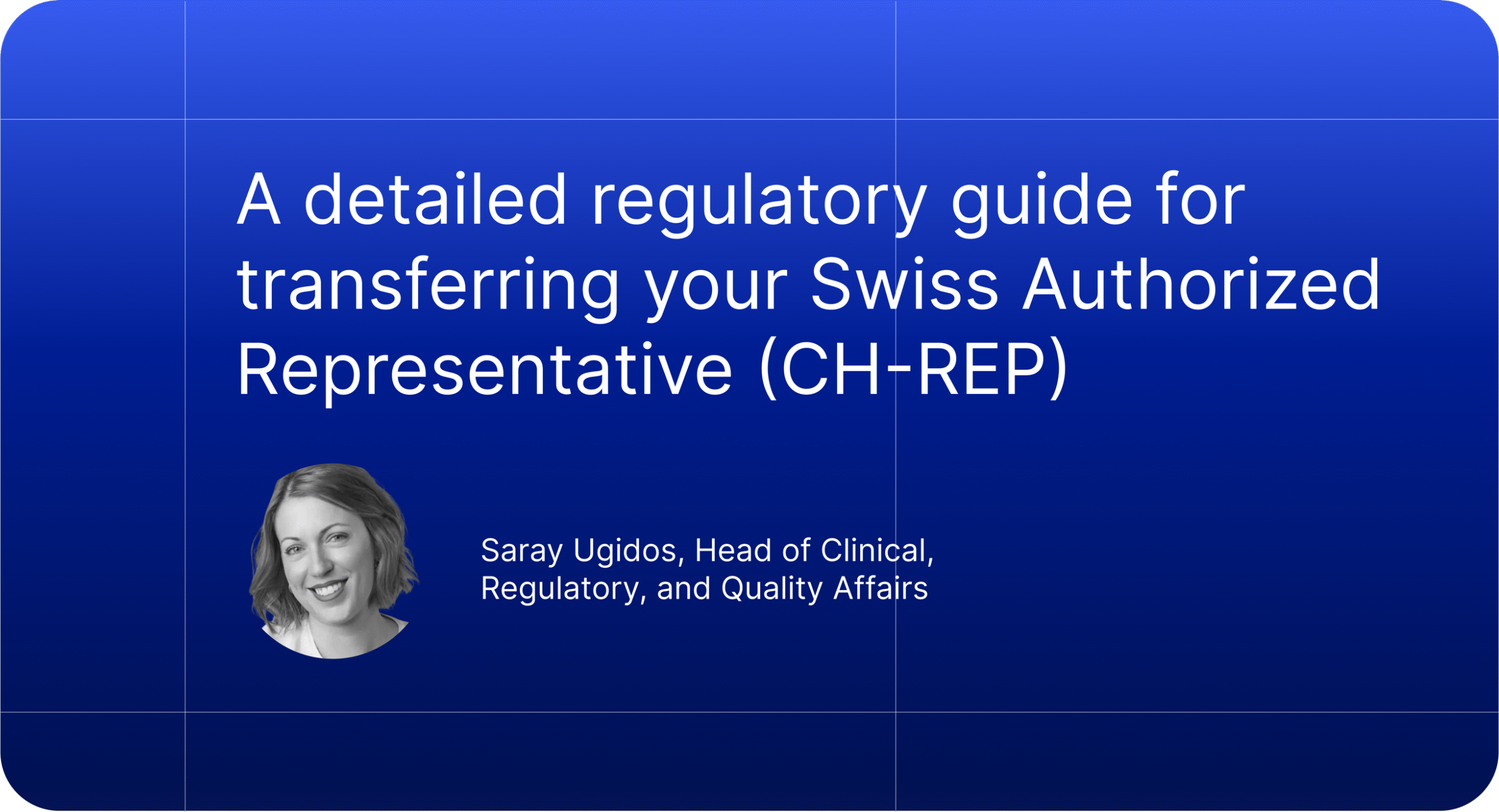Transferring your Swiss Authorized Representative (CH-REP) is a critical regulatory activity requiring meticulous planning, rigorous execution, and thorough knowledge of regulatory requirements. As Switzerland’s regulatory landscape closely mirrors the EU’s stringent standards, understanding these requirements in detail is vital for a successful transition. This blog post delves deeply into each step necessary for smoothly transferring your Swiss Authorized Representative CH-REP, ensuring uninterrupted market compliance and business continuity.
Understanding the CH-REP regulatory environment
The Swiss regulatory framework for medical devices and in vitro diagnostic devices is governed primarily by the Medical Devices Ordinance (MedDO) and the In Vitro Diagnostic Devices Ordinance (IvDO). These regulations incorporate significant elements of the European Union’s Medical Device Regulation (MDR) and In Vitro Diagnostic Regulation (IVDR), especially concerning authorized representative appointments. Notably, MedDO Article 51(4) and IvDO Article 44(5) explicitly reference Article 12 of the EU MDR/IVDR, which provides clear instructions for handling CH-REP transfers.
Manufacturers must adhere strictly to these referenced regulations, ensuring they meet all stipulated conditions for representative changes. Failure to comply may result in regulatory non-conformity, market disruptions, and potential financial and reputational harm.
Detailed steps for a successful CH-REP transfer
Step 1: Establishing a planning and effective dates
The cornerstone of any effective Swiss Authorized Representative (CH-REP) transition is clearly defining effective termination and commencement dates. The outgoing and incoming CH-REPs must collaboratively determine precise timelines for transferring all regulatory responsibilities. These include vigilance reporting, complaint management, and ongoing market surveillance obligations. Explicitly documenting these dates helps mitigate the risk of regulatory oversight and ensures no gaps in compliance during the transition.
Step 2: Revising documentation and product labeling
Updating all relevant documentation and labeling to reflect the new Swiss Authorized Representative CH-REP details is a crucial regulatory requirement. This includes changes to technical documentation, packaging, instructions for use (IFUs), and Declarations of Conformity (DoCs). Industry leaders like TÜV SÜD and Emergo by UL recommend establishing a structured transition period, typically between three to six months.
This timeframe allows manufacturers to phase out products labeled with the outgoing representative’s details systematically and efficiently, minimizing disruption to supply chains.
Step 3: Formalizing the CH-REP transfer agreement
Creating a strong, formal transfer agreement is essential. This legally binding document should explicitly cite MedDO Article 51(4), IvDO Article 44(5), and EU MDR/IVDR Article 12. The agreement must address critical aspects, including confidentiality, intellectual property management, and the procedures for handling any ongoing vigilance and customer complaints.
The transfer agreement should ideally be endorsed by all involved parties—the manufacturer, the outgoing Swiss Authorized Representative (CH-REP), and the incoming Swiss Authorized Representative CH-REP—to ensure clarity of roles and responsibilities. At minimum, signatures from the manufacturer and the incoming Swiss Authorized Representative CH-REP are necessary to validate the agreement legally and administratively.
Step 4: Notifying Swissmedic
The incoming Swiss Authorized Representative CH-REP must promptly submit a mandate letter to Swissmedic as formal notification of the transfer of responsibilities. Swissmedic’s confirmation of this mandate ensures regulatory clarity and continuity of market activities. Manufacturers and representatives should ensure timely acknowledgment from Swissmedic to avoid any unintended lapses in regulatory oversight.
Potential challenges and managing timelines
Although a Swiss Authorized Representative CH-REP transfer typically takes four to six weeks to finalize, several factors may cause delays. Unresolved vigilance or complaint issues with the outgoing Swiss Authorized Representative CH-REP, multiple device category filings, and extended internal review processes can prolong timelines. Effective, proactive communication and early-stage risk management practices significantly reduce the likelihood of such delays.
Ensuring constant communication among all stakeholders throughout the transfer process can prevent unforeseen complications and ensure timely project completion.
The value of partnering with Aura Health for CH-REP transfers
Aura Health specializes in supporting manufacturers with extensive regulatory solutions, particularly in managing Swiss Authorized Representative CH-REP transfers. With extensive knowledge of Swissmedic procedures and the EU MDR/IVDR regulatory frameworks, our team provides detailed oversight throughout the transition process. Aura Health’s dedicated professionals manage everything from drafting detailed agreements and updating regulatory documentation to submitting notifications and monitoring ongoing compliance.
By choosing Aura Health, manufacturers benefit from tailored regulatory insights, reduced compliance risks, and a streamlined process managed efficiently from start to finish. Our team ensures your transition aligns fully with all regulatory standards, safeguarding your continuous market access and regulatory compliance. For expert assistance and personalized regulatory guidance on managing your Swiss Authorized Representative CH-REP transfer, reach out to our colleague Saray at [email protected]. Our specialists are prepared to support your regulatory needs, ensuring a compliant and seamless transfer experience.

